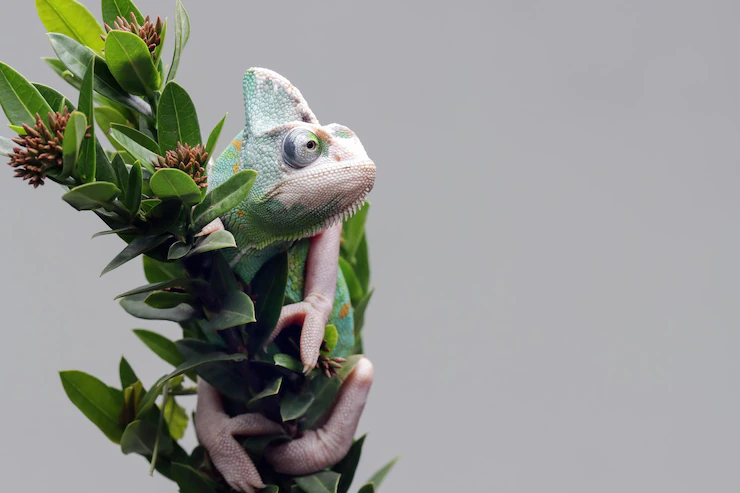
Raising and sustaining a reptile is more difficult than it may first appear. Reptiles are extremely different from other species you find in zoos.
They are hard to tame, sensitive to their environment, and could also be dangerous.
You must invest a lot of time and money into maintaining the proper temperature, humidity, and cleanliness in your reptile’s habitat for its safety and health.
Reptiles are high maintenance in terms of food, habitat, and care.
If you’re planning on acquiring a reptile as a pet, you should have an insufficient supply of their needs, from food, habitat, and equipment.
Check out this link https://www.petstock.com.au/ and shop for quality products for your reptile’s needs in one place.
However, if you’re still undecided about whether or not to take a reptile as a pet, here are fifteen considerations you can assess to help you decide.
1. Is it Legal?
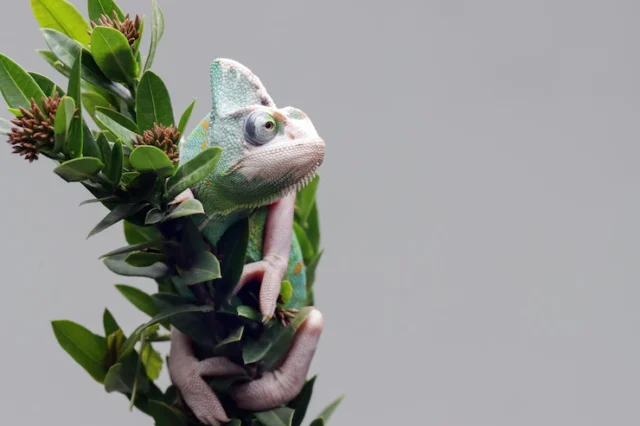
Reptiles are generally considered to be legal in some states and municipalities.
However, releasing a reptile into another environment that is not local to your region is illegal.
Call a wildlife sanctuary to take better care of your reptile if you can no longer provide its needs.
2. License
Native reptiles are legally protected. If you desire to purchase a reptile or capture it in the wild to make it your pet, you must obtain a state or territorial wildlife authority license.
3. Size
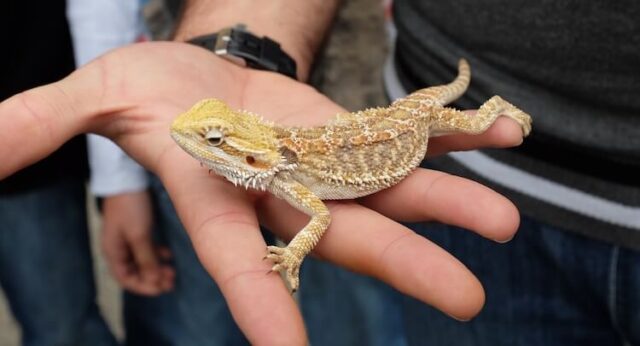
You should consider how big the reptile can grow and the precautions you’ll take when it grows bigger than you expected.
For example, a Burmese python may appear fine now, but it will likely exceed five feet in five months, possibly growing beyond eighteen feet in adulthood.
Even creatures that dislike being handled require continuous care.
Determine the size of the animal you feel confident handling and the precautions you will take if it becomes violent.
4. Housing Needs
Adopting an ideal environment for your reptile is the most critical aspect.
Reptiles live in the wild, and adopting one means you should be able to make a reptile’s habitat similar to its original home.
You should also consider the importance of regular maintenance, sanitization, and cleaning since reptiles are sensitive to their environment.
Housing a reptile in inadequate confinement is terrible and inhumane.
Inappropriate housing could stress out the reptile, making it harder to tame, and it could have behavioral issues that can harm you.
5. Temperature
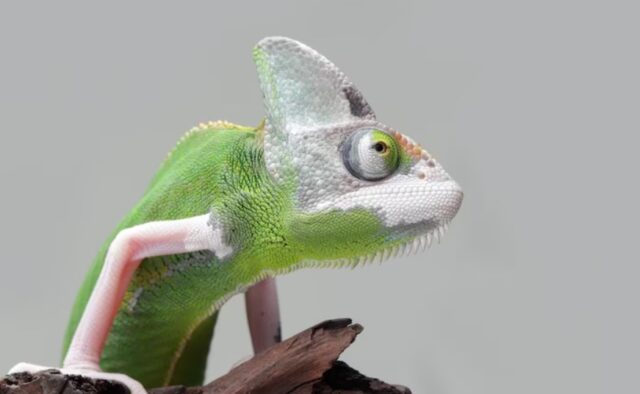
Reptiles have cold blood. They can’t keep their body temperature in the proper range.
As an owner, you’ll need to provide a setting that enables them to maintain the temperature needed. A heated rock or a heat lamp may be necessary as a heater in their habitat.
Ensure the source is adjusted to the appropriate temperature based on the kind of reptile you have.
Remember that adjusting the temperature could be necessary at different times of the season.
Before placing them inside the habitat, you must know the heat and humidity they need and make sure that it is set appropriately.
6. Lighting
Light not only gives your pet the elements it needs for mineral metabolism, but it also helps to establish an atmosphere that suits the animal’s needs.
A source of light can provide visibility and heat for reptiles.
However, these can vary depending on the type of reptile.
Some reptiles need total darkness and ambient temperatures to grow healthy.
7. Humidity
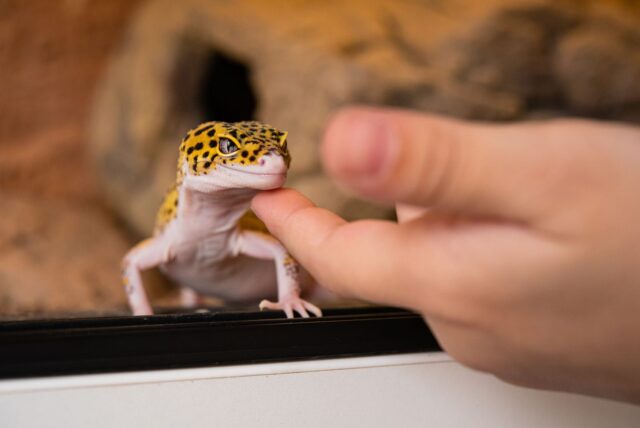
Reptiles are acclimated to environments with a fairly fixed humidity level.
You must provide a way to control the humidity in your pet’s environment depending on the needs of the reptile.
Some equipment that controls humidity includes foggers, drippers, or mist.
However, if the reptile you have is sensitive to humidity, you must install a monitoring sensor to ensure your pet’s safety.
8. Food
Reptiles have different needs in terms of food. Snakes are mostly carnivores and are fed mainly thawed pre-killed mice.
Lizards, herbivores, and carnivores require much more specialized care.
Compared to snakes, they need a variety of foods, which can be insects or not.
On the other hand, turtles and tortoises need fresh plants. Even though you might be tempted only to feed your pet lettuce, improper feeding will prevent your pet from getting the nutrients they need to grow.
9. Health Risks
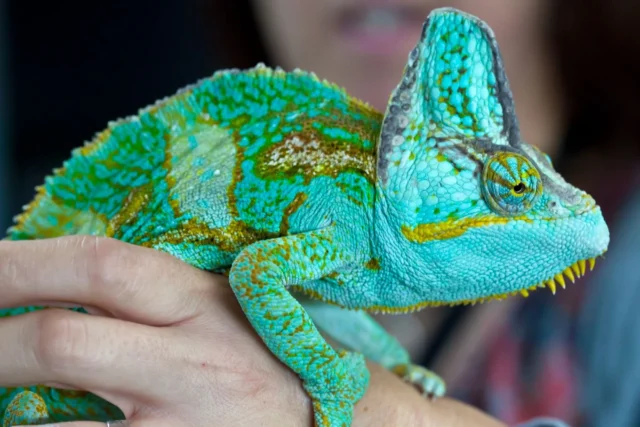
Owning a reptile pet comes with various health risks. Reptiles carry salmonella, a pathogen that could infect humans through direct contact with feces, objects contaminated with feces, or oral consumption after handling a contaminated reptile or equipment.
Diarrhea, fever, and stomach pains are common illnesses brought about by salmonella infection. It can also lead to severe diseases affecting the nervous system and brain.
10. Veterinarian
Not all veterinarians are experts in treating reptiles. Expand your search regionally if you cannot find a reptile veterinarian in your neighborhood.
Don’t rely on the staff at pet stores for medical advice; instead, take the time to identify a veterinarian specializing in reptile treatment.
It would be best not to adopt a reptile if you can’t find a veterinarian who can handle it.
11. Training
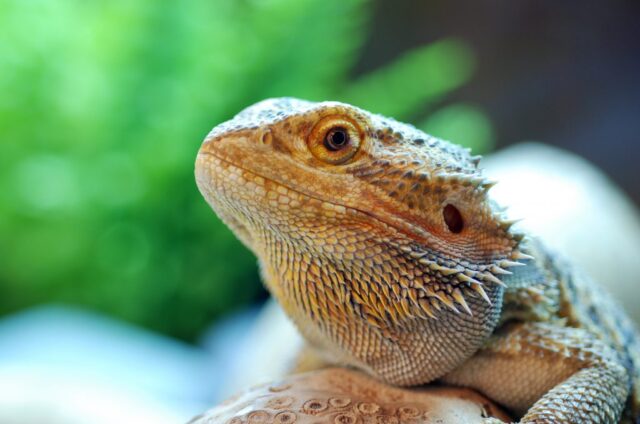
Reptiles are extremely intelligent, but they are difficult to train.
Since reptiles are not the kind of pets that can be left alone in your home, training is a top priority.
When adopting a reptile, you must provide conditions similar to those they would encounter in the wild.
12. Longevity
Some reptiles can live for 20 years or more. Before you acquire one, ensure that you will be committed to taking care of it throughout the rest of the reptile’s lifespan.
Call wildlife, and don’t unleash it outside if you decide to stop sustaining your reptile pet.
13. Cuddle Factor
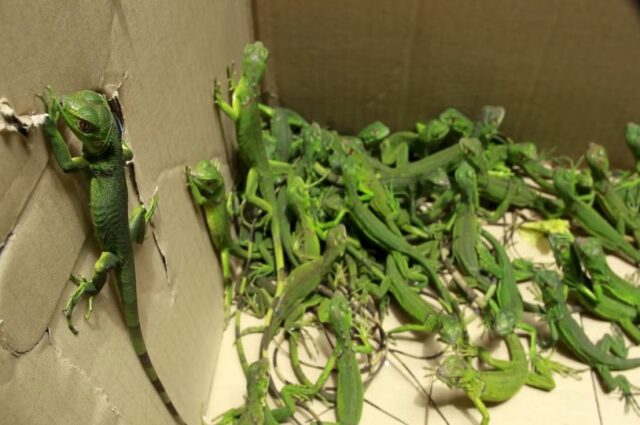
While many reptiles appear to enjoy being touched or caressed by their owners, they aren’t as friendly or approachable as other pets.
A reptile may not be ideal if you desire an animal buddy who is eager to greet you when you return home.
14. Your lifestyle
Reptiles can be a great substitute for persons sensitive to furry animals.
Although some reptiles enjoy contact and interactions with humans, others would rather be left alone and watched in their natural environment.
Research to learn more about the general care, potential size, and lifetime of the reptile you want to choose.
Most reptiles’ housing and care demands alter as they age, affecting how well-suited an animal is for your lifestyle.
15. Can You Afford It?
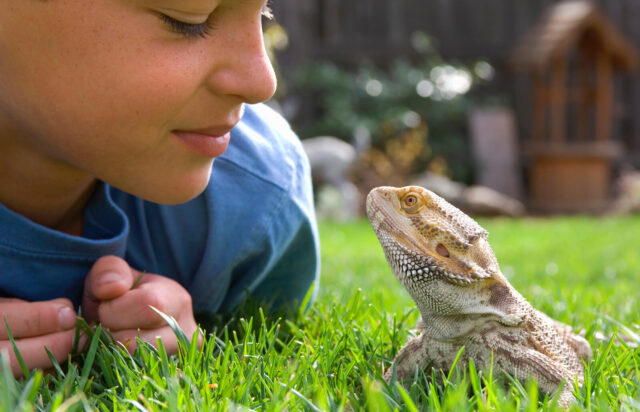
Reptiles’ costs differ depending on the type, scarcity, maturity, size, and color. Most reptiles need bigger cages as they develop and grow.
Sometimes, the supplies for their housing and continuing maintenance are frequently more costly than the reptile itself.
Before purchasing a reptile, ensure you can sustain its needs.
For the Reptile’s Safety
There are numerous factors to consider when purchasing a pet reptile. Reptiles are hard to tame, and some are dangerous.
Before acquiring a reptile, ensure that you are committed, financially capable, knowledgeable, and ready to take care of it.
These species are important in our ecosystem, and extinction is the last thing we want, so carefully consider all the possibilities for the reptile’s safety.









